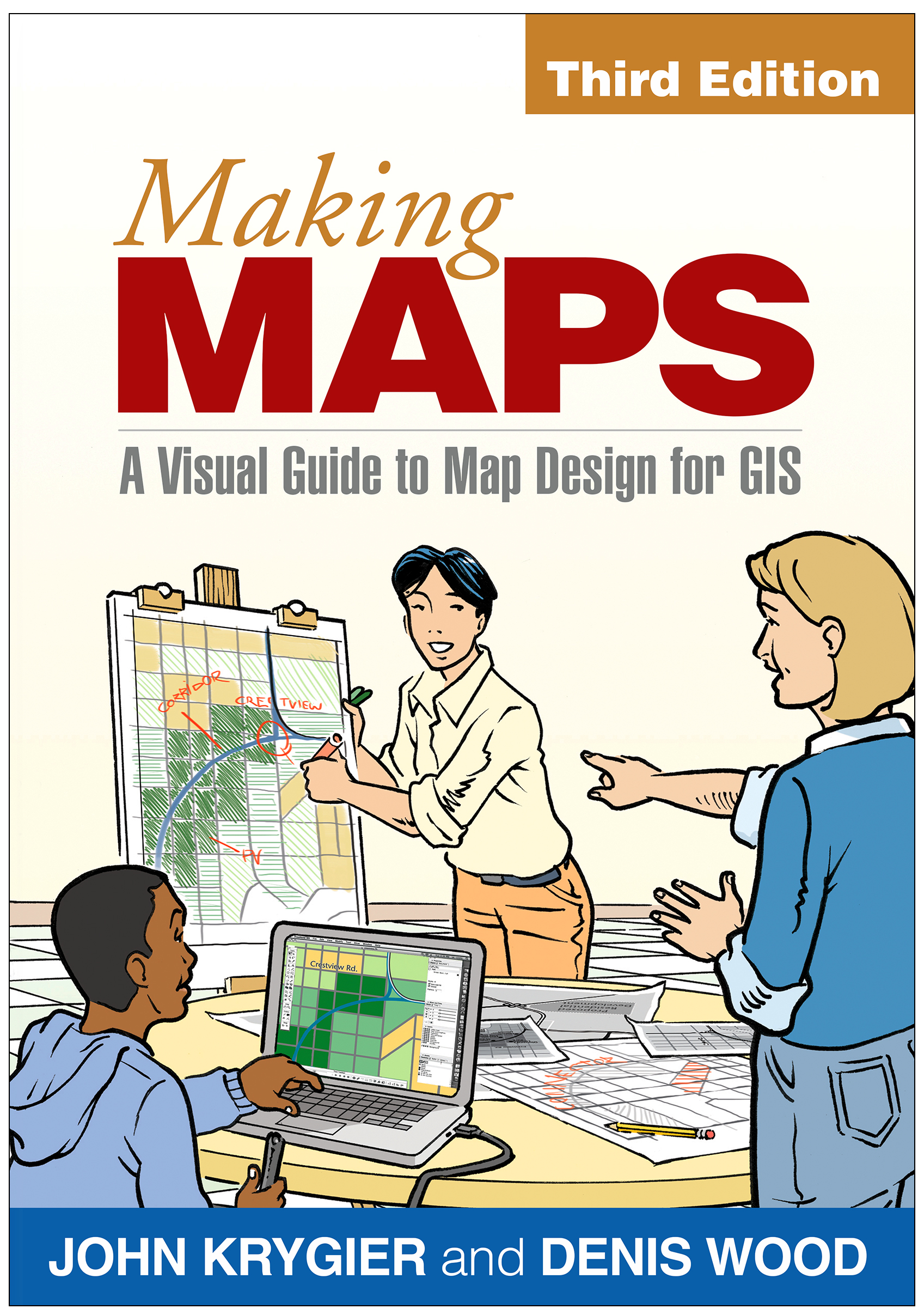Lauded for its accessibility and beautiful design, this text has given thousands of students and professionals the tools to create effective, compelling maps. Using a wealth of illustrations–with 74 in full color–to elucidate each concisely presented point, the revised and updated third edition continues to emphasize how design choices relate to the reasons for making a map and its intended purpose. All components of map making are covered: titles, labels, legends, visual hierarchy, font selection, how to turn phenomena into visual data, data organization, symbolization, and more. Innovative pedagogical features include a short graphic novella, good design/poor design map examples, end-of-chapter suggestions for further reading, and an annotated map examplar that runs throughout the book. New to This Edition *Expanded coverage of using mobile digital devices to collect data for maps, including discussions of location services and locational privacy. *New and revised topics: how to do sketch maps, how map categories and symbols have changed over time, designing maps on desktop computers and mobile devices, human perception and color, and more. *Separate, expanded chapter on map symbol abstraction. *Additional case studies of compelling phenomena such as children’s traffic fatalities based on race, the spread of tropical diseases, and the 2012 presidential election. *Many additional color illustrations.









![Troy [2004] (Blu-ray)](https://avmedia.ams3.cdn.digitaloceanspaces.com/9/53/953d7c03-05bc-445e-af24-246f946d8c36.webp)


